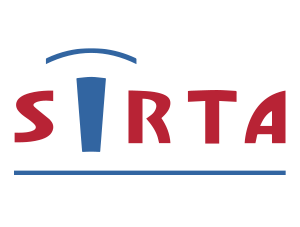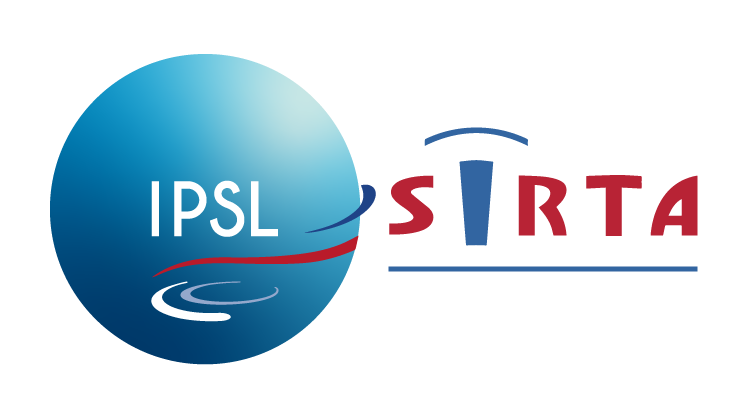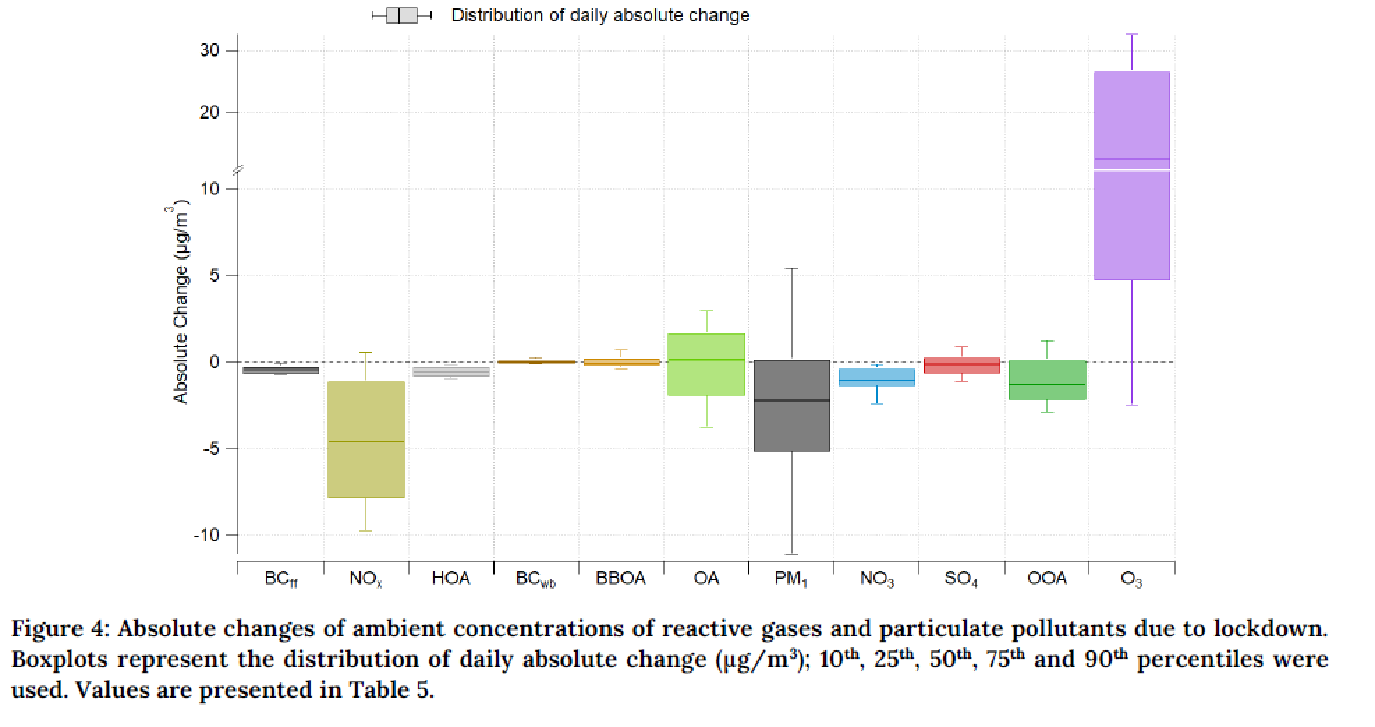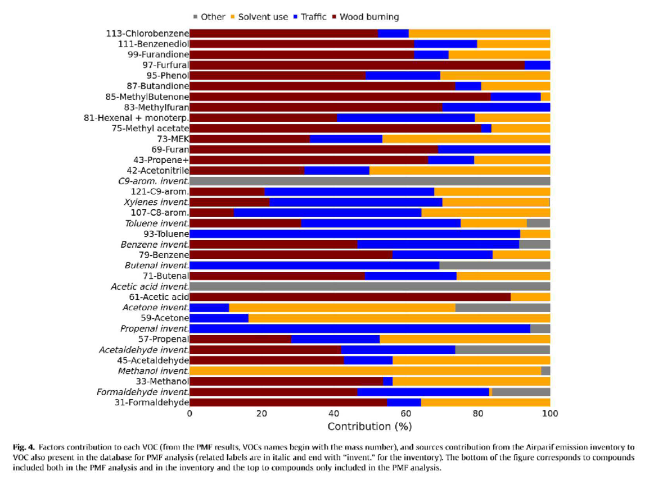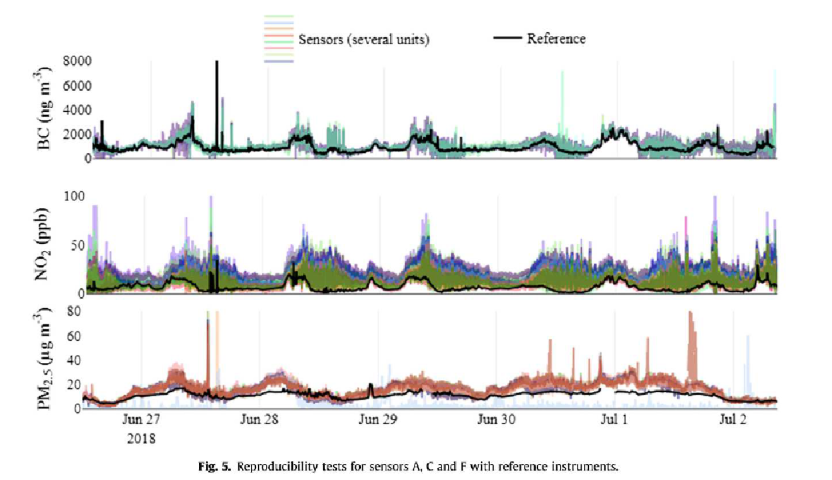Aerosol and reactive gases
This WG aims at building-up a better knowledge on:
- The temporal variations (e.g., seasonal cycles, long-term trends) of short-lived climate and air quality pollutants;
- The main origins (emission sources and geographical allocations) of these pollutants at SIRTA taken as representative of the Ile-de-France region;
- Interactions and transformation processes of key aerosol and reactive trace gases species.
Laboratories and teams involved: LSCE, INERIS
At the national level, activities of this WG are notably part of WG2 (aerosol in situ observation), WG6 (reactive trace gases) and SNO CLAP, as well as of the CARA program led by the French reference laboratory for air quality monitoring (LCSQA).
Activities and projects:
1. Long term observation of aerosols and reactive gases
Contact: Valerie Gros (reactive gases) and Jean-Eudes Petit (aerosols)
Reactive gases (O3, NOx) and aerosols (chemical composition and optical properties) are measured at the SIRTA station since almost a decade (2012) and more recently for NH3 and on-line VOCs (2020). This long dataset allows studies on the variability at different time-scales (from diurnal to inter-annual) of the atmospheric composition in terms of short-lived compounds. Associated to studies on source apportionment, this activity aims to provide a better understanding of the sources, chemical and physical processes and impacts on air-quality and climate relevant issues of the studied short-lived compounds. This perennial activity is mainly performed in the frame of the ACTRIS-France and ACTRIS-ERIC framework at the national and European levels.
2. Source apportionment of atmospheric pollutants
Contact: Olivier Favez, Valérie Gros
Reactive gases and aerosols have multiple sources, biogenic and anthropic, primary and secondary. The peri-urban station SIRTA is influenced by many of these sources and it is of primary importance (for air-quality and climate issues) to better identifiy and characterize them. For this, several approaches are possible, including source apportionment by methods like Positive Matrix Factorization, which has the advantage to not require an a-priori knowledge of the sources.
3. Air quality modeling activities
Contact: Marie Camredon, Jean-Eudes Petit
This activity relies on collaborations with different research groups in the field of atmospheric chemistry keen of in situ measurements to validate any optimization within Chemical Transport Model (CTM) systems or to use observation data for data assimilation purposes. The main current action within this activity is linked with the TREMOLO project. The oxidation of the hundreds of organic compounds emitted to the atmosphere leads to the formation of thousands of oxygenated and nitrogen organic compounds, called Secondary Organic Compounds (SOC). A fraction of these SOC has a low volatility and/or a high solubility, and can thus partition between the gaseous phase and the condensed phases (aerosols or clouds). These SOC directly influence the oxidative capacity of the atmosphere (playing a role in ozone production or nitrogen budget for example) or the earth radiative budget (playing a role in Secondary Organic Aerosol (SOA) formation). However, several uncertainties still remain in the gaseous oxidative pathways of these SOC.
The objectives of this project are (1) to quantify the influence of major uncertainties in the gaseous chemical mechanisms of COS in the real atmosphere and (2) to improve the gaseous chemical mechanisms of COS commonly used in air quality models. For this, the understanding of SOA formation processes will be evaluated and improved through comparison with gaseous and particulate organic compounds measured at the SIRTA station.
4. Testing new measurement devices and measurement systems
Contact: Valérie Gros
